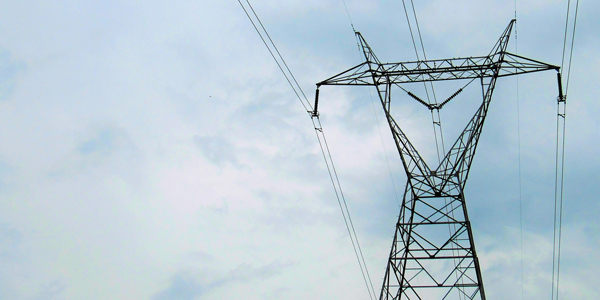By Amanda Durish Cook
MISO won FERC permission last week to expand its mitigation measures to address intense but temporary congestion.
Thursday’s order allows MISO to begin enforcing dynamic narrowly constrained areas (NCAs) for short-lived congestion and market power Jan. 4 (ER17-2097-001). The RTO will extend Module D mitigation provisions in its Tariff to alleviate instances of momentary congestion that are not accounted for under its existing market power mitigation provisions.

| © RTO Insider
“Establishing dynamic NCAs will improve MISO’s current market power mitigation procedures by providing an additional means to limit the exercise of market power during periods of transient but severe congestion,” FERC said.
MISO has five regular NCAs with conduct thresholds — prices that indicate potential exercises of market power — that range between $22.31 and $100/MWh. NCAs are defined by FERC as those constraints that can bind for more than 500 hours annually. They can be defined in advance and are subject to tighter market mitigation thresholds than broad constrained areas.
Dynamic NCAs will involve areas that do not meet the 500-hour trigger but need stricter thresholds because they are dominated by one or more pivotal suppliers, according to MISO.
A dynamic NCA would be declared when conduct has occurred that would warrant mitigation on a non-NCA constraint, and that constraint has bound in 15% or more hours over at least five consecutive days. The new category sets a conduct threshold at $25/MWh. MISO said it will terminate a dynamic NCA when either the outages or other conditions causing the binding transmission constraints have been resolved or the Independent Market Monitor hasn’t had to mitigate economic or physical withholding or uneconomic performance for 30 days.
“MISO explains that although a given transmission constraint is not expected to bind for a total of 500 hours or more in a given year based on historical data, thus not warranting an NCA designation, that constraint can ultimately bind over shorter periods at a rate that exceeds 500 hours per year (e.g., at a rate greater than approximately 9.6 hours per week),” FERC summed up.
FERC had issued a deficiency letter Sept. 6 seeking more detail on MISO’s proposal. In response, the RTO clarified that a dynamic NCA can be designated in the same area where a standard NCA already exists and provided FERC with a list of conduct categories and the conduct and impact thresholds for designating dynamic NCAs and mitigation. (See MISO to Address FERC Query on Constrained Areas.)
The Monitor first recommended creating dynamic NCAs in its 2012 State of the Market Report.
In accepting MISO’s new definition, FERC rejected NRG Energy’s argument that the RTO failed to take into consideration the differences between its Midwest and South regions by applying a uniform $25/MWh conduct threshold. NRG said that placing “unduly low thresholds” in MISO South could prevent generators from recovering their actual costs.



